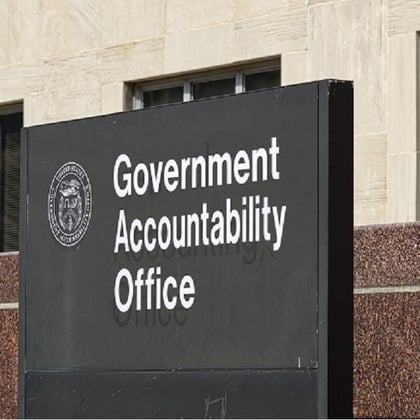What You Need to Know
- Critics have complained about high fees and disclosure problems at 403(b) plans.
- The Labor Department, the SEC, FINRA and the IRS all help regulate the plans.
- The GAO says the Labor Department should make its 403(b) plan resources more like its 401(k) plan resources.
A new government report could eventually lead to big changes by some of the 403(b) retirement plans that serve public school teachers and other employees of tax-exempt employers.
A U.S. Government Accountability Office team recommended that the U.S. Labor Department work on its own to improve how it explains 403(b) plans on its website.
The team also listed ideas for improving 403(b) plans that likely would require congressional action, such as encouraging the plan managers to hire outside investment consultants and applying a fiduciary standard of care to all 403(b) plan managers.
Today, plan sponsors and participant advocates told the GAO, “State laws often do not afford participants sufficient protections against paying excessive fees or being steered toward investment options that may not be in their best interest,” according to Tranchau Nguyen, who led the report team. Nguyen is the GAO’s director for education, workforce and income security issues.
What It Means
The recommendations in the new GAO report could vanish; kick around Washington for years and bring about modest changes; or serve as a catalyst for major retirement plan legislation.
403(b) Plans
A 403(b) plan is a tax-deferred, defined contribution retirement plan organized under section 403(b) of the Internal Revenue Code.
Congress passed the law that made the plans available to employees of nonprofit corporations in 1958, and it made the plans available to educators in 1961, according to a 403(b) plan guide posted by the IRS.
Originally, the plans could invest only in annuities. Many still operate on an annuity-based framework.
Congress let the plans invest in mutual funds in 1974. It opened up the plans to employees of religious organizations in 1982.
The plans held about $1.1 trillion in participant assets in 2020, and about half of the assets were in plans not subject to the Employee Retirement Income Security Act of 1974, the law that applies a fiduciary standard and other requirements to managers of retirement plans based on section 401(k) of the Internal Revenue Code.
In recent years, participant advocacy groups, plaintiffs’ lawyers and the U.S. Securities and Exchange Commission have attacked some 403(b) plan sponsors over allegations that the plans spent too much on fees, failed to disclose fees adequately or erred in other ways.
The GAO Report
The GAO is an arm of Congress that helps members of Congress keep track of what’s going on in the rest of the government.
The GAO prepared the new 403(b) plan report at the request of Rep. Robert Scott, D-Va., the highest-ranking Democrat on the House Education and the Workforce Committee.
The report team based much of the report on interviews with state officials in California, Connecticut, Delaware, Kansas and Texas.
The GAO Findings
The GAO team found that the reasons for 403(b) plans falling under ERISA or not falling under ERISA were complicated and that, in many cases, non-ERISA plans face fiduciary rules, fee disclosure requirements and other rules set by states.
In some states, the team noted, the plan controls the participant’s relationship with the investment provider. In other states, participants can work with any investment product vendor.








 July 25, 2023 at 11:27 AM
July 25, 2023 at 11:27 AM











 Copyright © 2024 ALM Global, LLC. All Rights Reserved.
Copyright © 2024 ALM Global, LLC. All Rights Reserved.